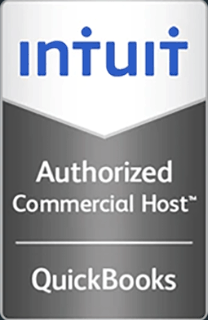Microsoft Exchange 2010 is Cloud Ready for Even the Largest Organizations
In the business world, it is common knowledge that a hosted exchange solution is a good idea for small and medium sized organizations with perhaps as many as 500 users. Anything beyond this size requires a dedicated on-site mail infrastructure. With the release of Exchange 2010 SP1, Microsoft has created a suite of matured Cloud-Centric features designed to increase the flexibility of messaging services while reducing the total cost of ownership.
At the core of these capabilities is the fact that Exchange 2010 is engineered to function as well in the cloud as it would on site. This feature set allows for some very creative options for mail service delivery, including the ability for a large organization to divide its user base into tiers, one for ‘heavy’ email use, and one for less intense usage. The mailboxes for these users could then be allocated to either an in-house infrastructure or to a third party hosted service. User classes that would primarily access mail services via the web would be ideal for a third party provider to support, while mail intensive users, perhaps at HQ, could still benefit from an in house dedicated infrastructure. This would allow for a more modest investment in hardware infrastructure, and a good deal of flexibility to manage growth spurts, such as sudden contract wins or project assignments, by leveraging the ability to rapidly scale mail services in the cloud.
Behind the scenes, a complex new database replication design allows for the creation of Database Availability Groups (DAG). These are a series of up to 16 Exchange servers that use continuous replication to maintain multiple copies of the mail database. In the event of a failure, the Exchange service is maintained, with failover to the new database occurring in less than 30 seconds. This structure is ideal for a cloud based service, where the Exchange cluster could be provisioned across a vendor’s hosting locations, or across multiple vendors’ locations for true system survivability, and the subsequent reduced risk (cost) of data loss.
Exchange 2010 was designed with virtualization in mind, and the various server roles that comprise a cluster are intended to be distributed across multiple hosts for high availability. With this in mind, a virtualized exchange cluster in the cloud can scale to meet the requirements of a large enterprise, or increase in capacity to meet growth demands of a mid-sized organization by either scaling up the resources available to individual servers as required, or by scaling out the cluster to include more virtual machines. This two dimensional scalability provides the enterprise with multiple paths for meeting demand and managing growth while maintaining budgets.
A vast improvement to the online abilities of Exchange 2010 in the form of Outlook Web App allows users to truly experience the benefits of a unified communications solution delivered from the cloud. Using a standard web browser, access to voicemail, email, instant messaging and SMS text can all be viewed and managed in one place. With Microsoft ActicveSync, these services become universally and securely accessible via Smartphone or Tablet. With these services hosted in the cloud, the corporate communications suite becomes transparent, and transforms itself into an enabler of the bottom line.





